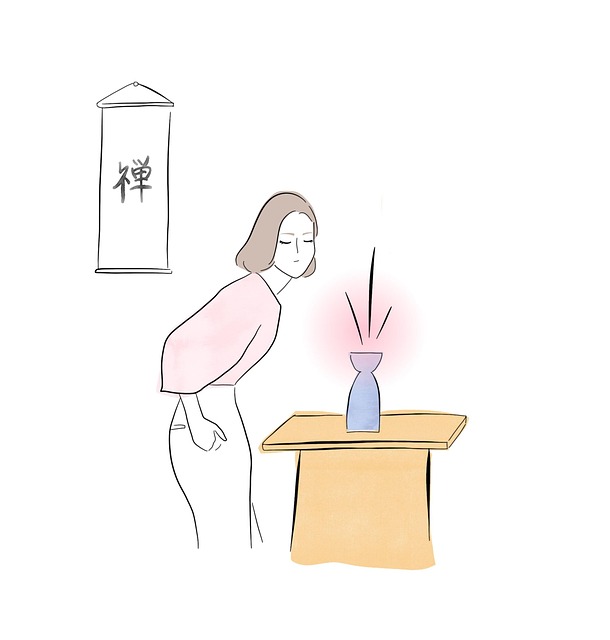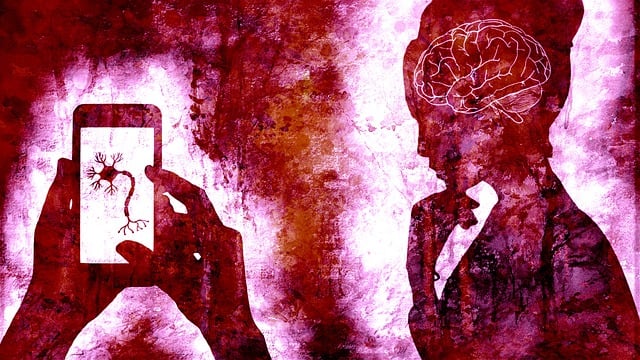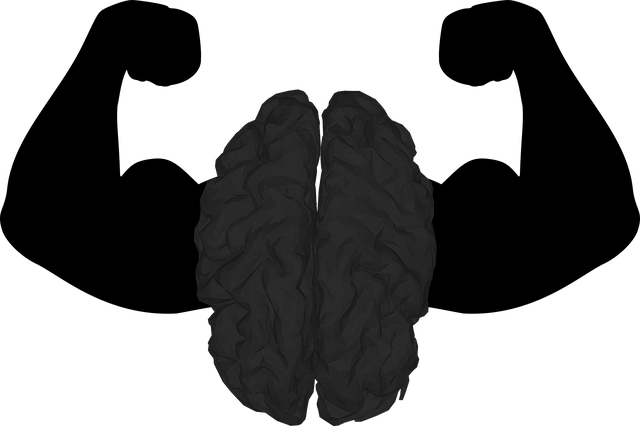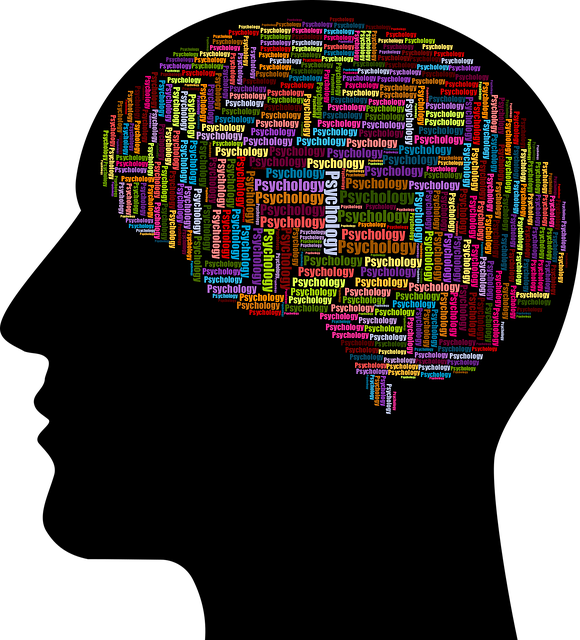Treating adolescents with mental health diagnoses, especially drug abuse-substance abuse, requires a multi-faceted approach. Early recognition and effective therapies like CBT manage symptoms of depression and anxiety. Outpatient care emphasizes self-care routines, while inpatient care offers 24/7 monitoring. A holistic approach combines therapy with resilience-building strategies, focusing on evidence-based treatments. Strong support systems from family, friends, and peer groups foster confidence and positive behavior changes. Preventing relapse involves tailored therapy, risk management planning, education, self-care practices, and access to specialized adolescent mental health services through policy advocacy.
Mental illness diagnosis and treatment navigation can be a complex journey, especially for adolescent teens grappling with drug and substance abuse. This article guides you through critical aspects of managing these challenges, from understanding mental health diagnoses specific to teens to exploring effective therapy models like outpatient and inpatient care. We delve into the importance of support systems, including family, friends, and peer groups, and present long-term strategies for preventing relapse. Additionally, we focus on therapy as a key tool in addressing drug abuse among adolescents.
- Understanding Mental Health Diagnoses for Adolescent Teens
- The Role of Therapy in Treating Drug and Substance Abuse
- Navigating Treatment Options: Outpatient vs Inpatient Care
- Support Systems: Family, Friends, and Peer Groups
- Preventing Relapse: Long-term Strategies for Recovery
Understanding Mental Health Diagnoses for Adolescent Teens

Understanding mental health diagnoses is a crucial step in navigating treatment for adolescent teens. This age group often faces unique challenges, with stress from academic pressures, peer relationships, and identity formation potentially contributing to various mental health issues. Common diagnoses among teens include depression, anxiety disorders, substance abuse, or a combination thereof. Recognizing these conditions early is vital as it enables adolescents to receive appropriate therapy for adolescent teens, such as cognitive-behavioral therapy (CBT), which has proven effective in managing symptoms of both depression and anxiety.
In addressing mental health concerns among teens, healthcare providers must also consider burnout prevention strategies. The demanding nature of treating young minds can lead to professional exhaustion if not managed effectively. Implementing self-care practices, such as Mental Wellness Journaling Exercises, can help healthcare providers maintain resilience and provide better care. Additionally, guiding adolescents towards healthier coping mechanisms for stress and emotions is essential in preventing the onset or exacerbation of mental health disorders, including Drug Abuse-Substance Abuse.
The Role of Therapy in Treating Drug and Substance Abuse

Treatment for drug and substance abuse among adolescent teens often involves a multifaceted approach, with therapy playing a pivotal role. Beyond simply addressing the physical dependence, effective therapy delves into the root causes of the abuse, promoting emotional well-being and positive thinking. Through various therapeutic techniques, including communication strategies, adolescents learn to cope with underlying mental health issues, stress, or trauma that may have contributed to their substance use.
One prominent therapeutic approach is cognitive behavioral therapy (CBT), which equips teens with skills to identify and change negative thought patterns and behaviors. By fostering open communication between patients and therapists, CBT helps adolescents develop healthier coping mechanisms, enhance their problem-solving abilities, and build a foundation for long-term recovery. Additionally, group therapy sessions offer a supportive environment where teens can share experiences, learn from peers, and develop social connections, all contributing to improved emotional well-being and reduced substance abuse.
Navigating Treatment Options: Outpatient vs Inpatient Care

Navigating treatment options is a crucial step in managing mental illness, especially for adolescents and teens struggling with drug abuse or substance use disorders. Outpatient care offers flexibility, allowing individuals to receive therapy while maintaining their daily routines, work, or school schedules. This approach emphasizes self-care routine development for better mental health and encourages resilience building through structured sessions and support groups. In contrast, inpatient care provides a more intensive and immersive experience, offering 24/7 monitoring and access to specialized treatment programs tailored to individual needs. For severe cases of drug abuse or when immediate intervention is necessary, inpatient facilities can be life-saving, ensuring comprehensive care under one roof.
Deciding between outpatient and inpatient care depends on the severity of symptoms, personal circumstances, and available support systems. Many mental wellness podcast series production platforms advocate for a holistic approach, combining professional therapy with resilience-building strategies to address underlying causes and promote long-term recovery. Ultimately, the choice should align with the individual’s needs, ensuring access to evidence-based treatments like therapy for adolescent teens, while also considering their overall mental wellness journey.
Support Systems: Family, Friends, and Peer Groups

Navigating mental health challenges can be overwhelming, but strong support systems act as a beacon of hope for individuals seeking therapy, especially during formative years like adolescence. Family and friends play a pivotal role in providing comfort, encouragement, and a sense of belonging. Their unwavering support fosters resilience and encourages teens to actively engage in their treatment plans, including attending therapy sessions and adhering to medication regimens.
Peer groups, specifically those with shared experiences like substance abuse or drug addiction, offer a unique layer of assistance. These peers can provide an understanding perspective, share coping strategies, and serve as motivators for positive behavior changes. Support from both family/friends and peer groups empowers teens to build confidence, develop healthy stress management skills, and cultivate a positive mindset—all essential components in overcoming mental health issues and promoting overall well-being.
Preventing Relapse: Long-term Strategies for Recovery

Preventing relapse is a crucial aspect of long-term recovery for adolescents struggling with drug abuse or mental health issues. It involves implementing strategies that go beyond initial treatment to ensure sustained well-being. One key strategy is ongoing therapy, which provides individuals with the tools to manage triggers and cope with stressors effectively. This can include various therapeutic approaches tailored to their specific needs, such as cognitive-behavioral therapy (CBT) or dialectical behavior therapy (DBT), which have proven successful in treating substance abuse and co-occurring disorders.
Additionally, risk management planning is essential for mental health professionals to support adolescent recovery. This involves creating personalized plans that address potential triggers and challenges post-treatment. By educating teens about their condition, teaching self-care practices, and establishing support networks, professionals empower them to navigate their mental health journey independently. Mental health policy analysis and advocacy also play a role in ensuring accessible and comprehensive care through evidence-based programs and services tailored for adolescent populations, contributing to better outcomes and reduced relapse risks.
Mental illness diagnosis and treatment can be a complex journey, especially for adolescent teens grappling with drug and substance abuse. This article has navigated various aspects, from understanding specific diagnoses to exploring effective therapies like outpatient and inpatient care. Building robust support systems through family involvement, friendships, and peer groups is paramount in the recovery process. Additionally, implementing long-term strategies to prevent relapse ensures a stronger foundation for sustained recovery. For adolescents seeking help, therapy remains a powerful tool to address drug abuse, offering hope and a path to a healthier future.














